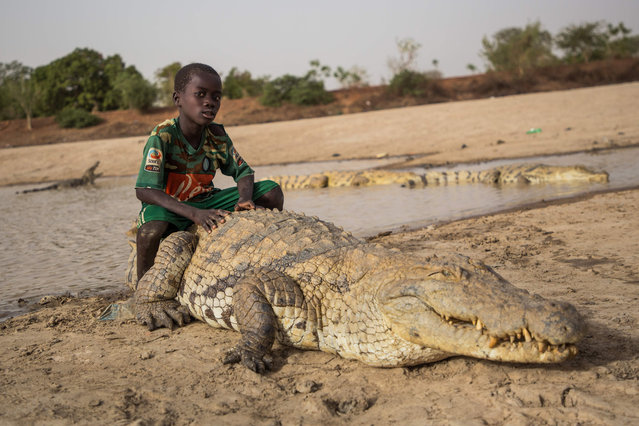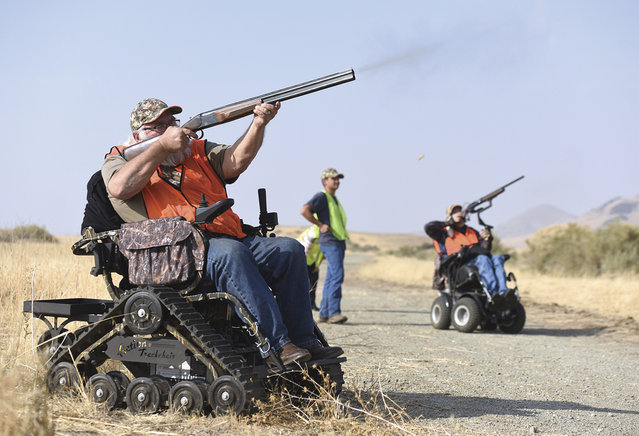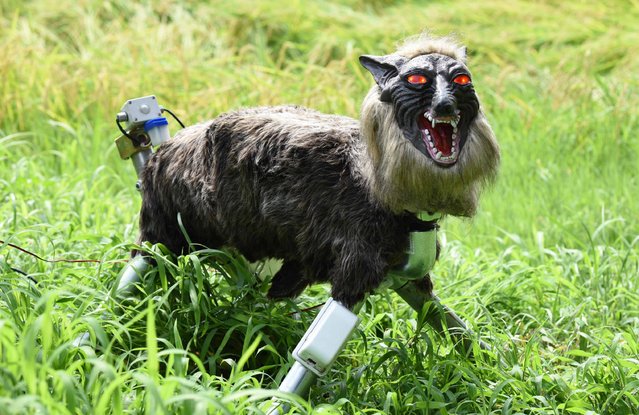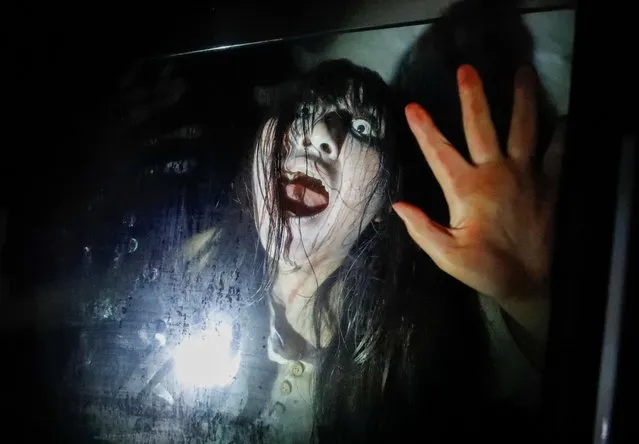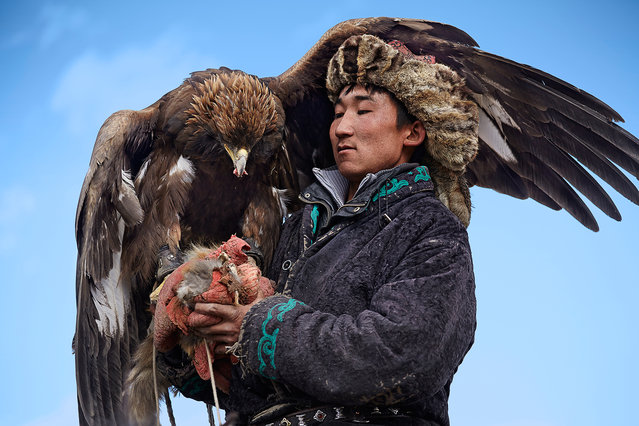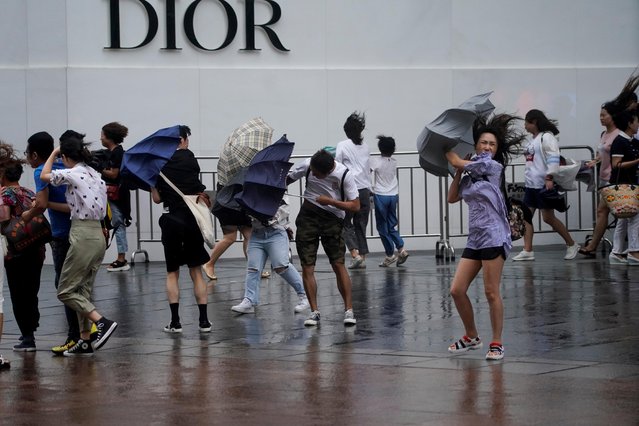
People walk in the rainstorm as typhoon Lekima approaches in Shanghai, China on August 10, 2019. The death toll from Typhoon Lekima rose to 49 on August 13 and 21 were still missing after the monster storm wreaked havoc on China's eastern coast, causing huge damage with strong gales and torrential rain. (Photo by Aly Song/Reuters)
14 Aug 2019 00:01:00,post received
0 comments


